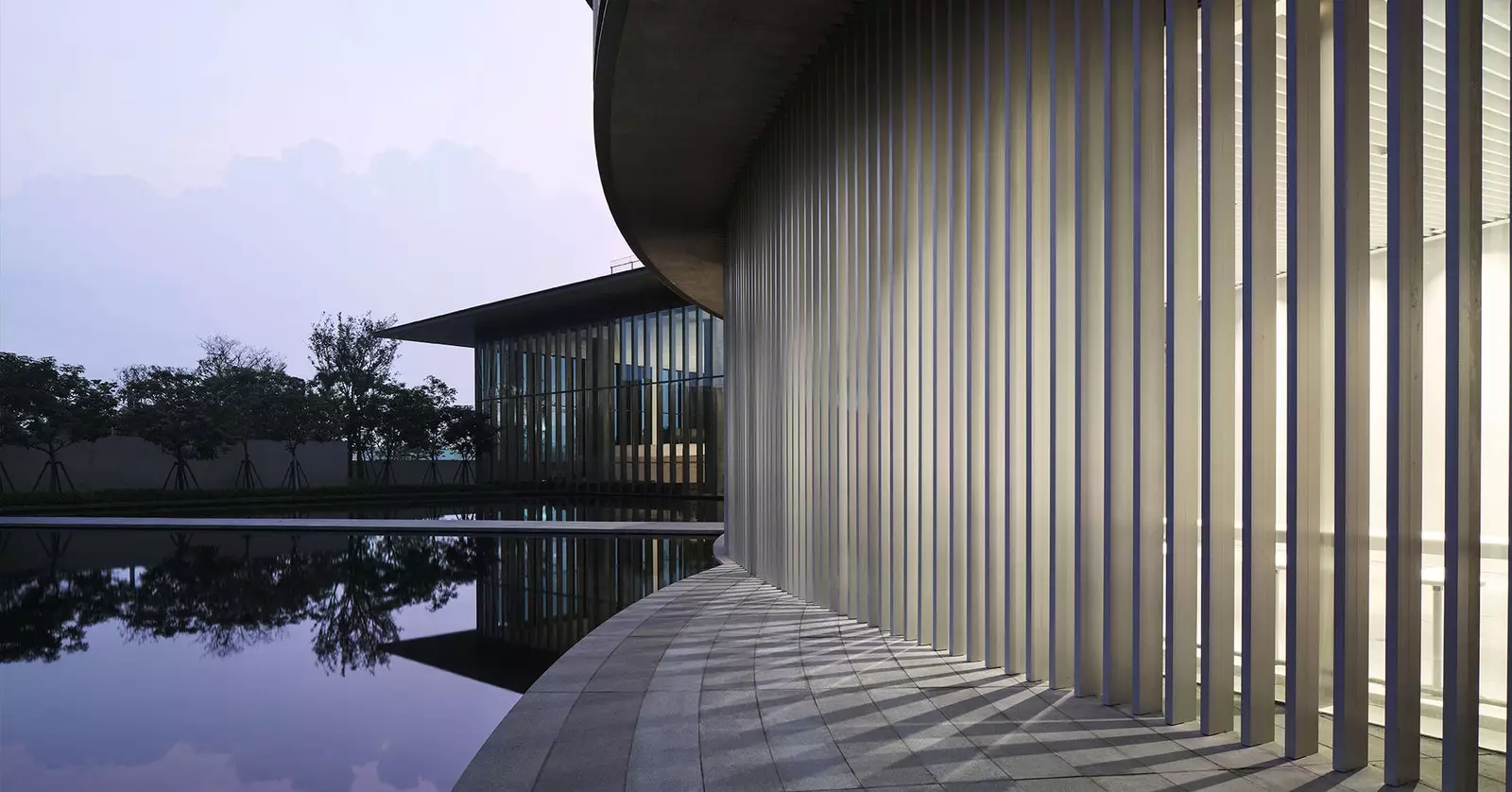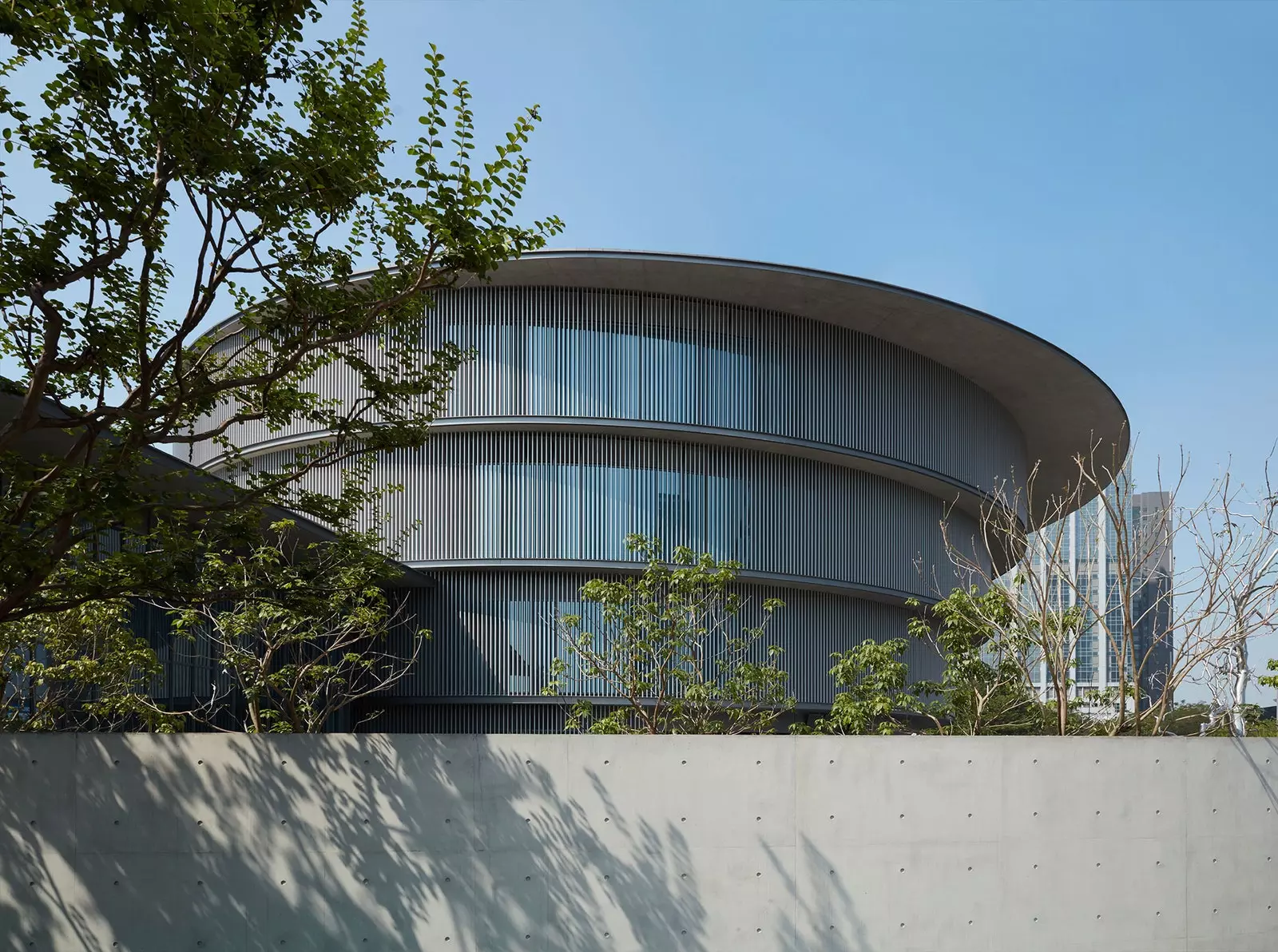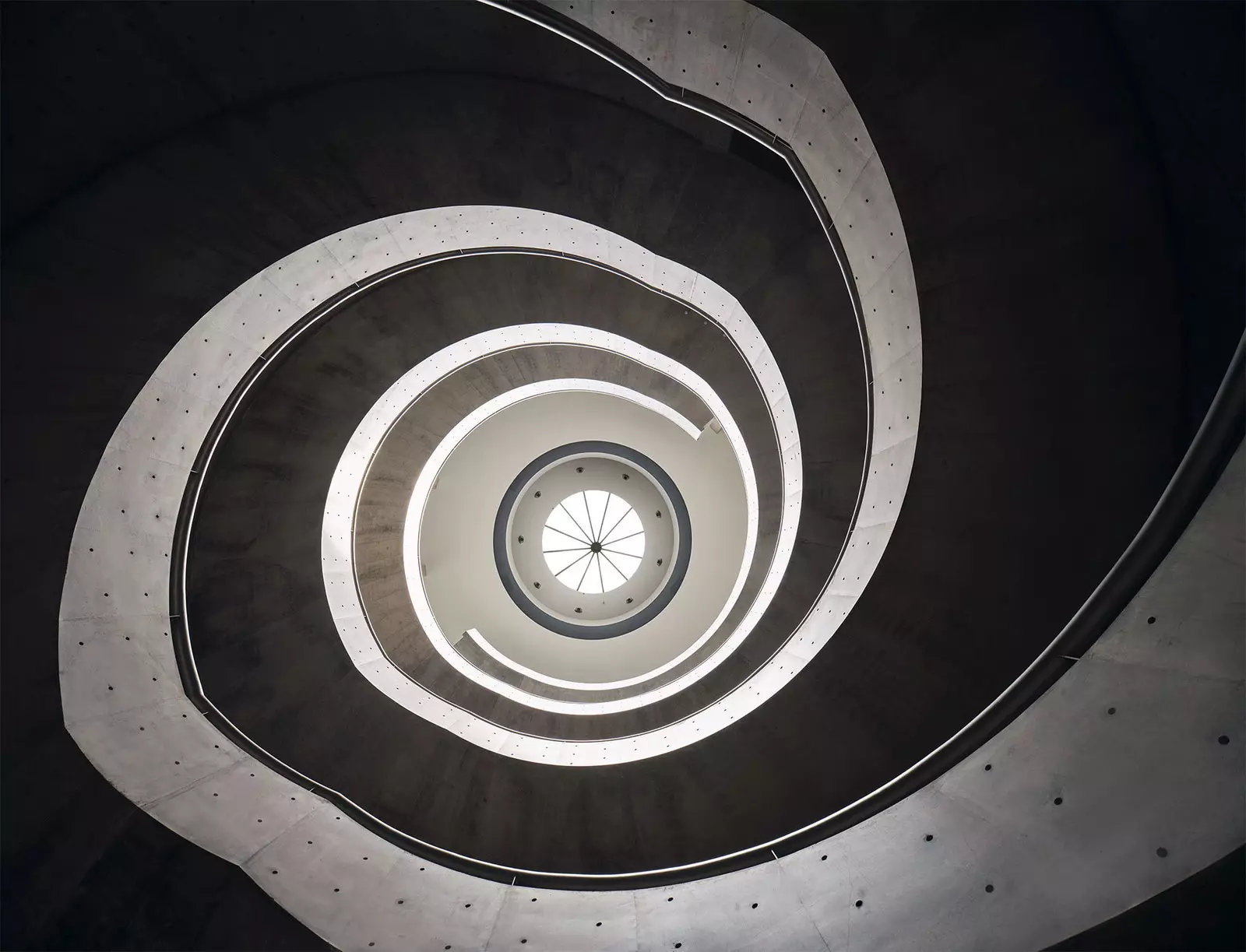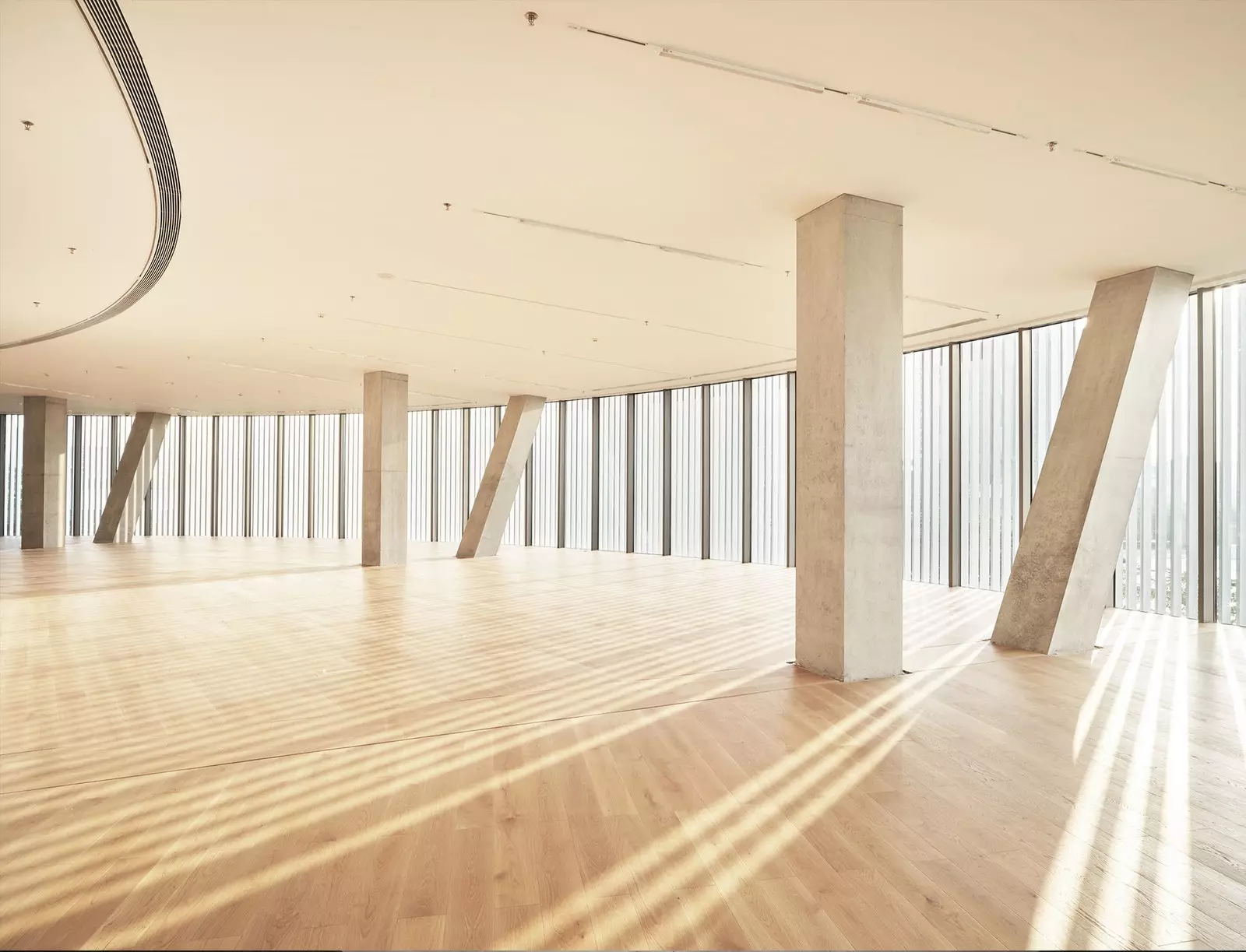
We must recognize it: the most innovative and risky cultural facilities of recent years come from China. Some examples: the Jingdezhen museum, which is born from an imperial oven; the original Dujiangyan Zhongshuge Bookstore; Guangzhou Silk Scarf Theater; the wave-shaped cultural center The Wave in Tianjin...
Added to that list is the recently opened He Art Museum (HEM), located in Shunde (Guangdong), in the geographical area of Lignan, and designed by none other than the great Tadao Ando . Japanese architect, award Pritzker , sign this building created to house the rich artistic collection of the billionaire he jianfeng , which includes painting, calligraphy, photography, and sculpture, and encompasses both international contemporary art and Chinese modern and contemporary art.
REINTERPRETING THE CIRCLE
He responds to the Chinese character "和", which means harmonious . The character “和”, on the other hand, has a connotation of balance and good luck , especially in the Guangzhou area. "The museum embodies the wishes of its founder: Provide a harmonious life through the exchange of art and culture ", states Andō himself.

Outside view of the museum
To represent this idea, we have used the circle as main geometric element, in "an attempt to create a new cultural center that integrates the Cantonese culture by extracting the unique meaning of its geometric form in the regional context", continues the architect. The reason? Ancient Chinese cosmology and philosophy they believed that the sky was round and divine , and that the earth was flat and square, which has had a profound influence on traditional architectural theory and design. Many civic and religious buildings were circular to reflect this idea.
In the case of the HEM, its circles "constructed the space of the building through an expansion in the form of a wave: from top to bottom, with the overlapping of four circles. With the periphery of each area well defined, an effect of variation enriched through the interaction between spaces. It is also a design that adapts to the subtropical climate , in which the harsh light changes will create the emotional atmospheres," explains Andō.
Another distinctive feature of the construction is the double helix staircase , a dynamic that, according to its author, "presents the rich layers of spaces that can only be achieved through dual spiral design".

The double helix staircase of the HEM
WATER AND LIGHT FOR THE MUSEUM OF 'THE VENICE OF THE EAST'
"Throughout history, the architecture of Lingnan has been strongly influenced by the styles of Jiangnan, a delta region in the immediate south of the Yangtze River that includes picturesque water towns such as Hangzhou and Shanghai," they explain from the institution.
"Jiannan is known as ' the venice of the east ', as it has traditional two-story buildings built next to waterways and canals, low perimeter walls and opening to panoramic views and nature. Lingnan has a naturally similar terrain and adopts the architectural features of Jiangnan, such as skylights, waterside pavilions and contemplative gardens to complement the landscape," they continue.

The treatment of light is of western influence
For this reason, Andō has chosen to use water in the rest areas, in the form of great pond , which also functions as a cooling device during the summer. Also, the reflection of the building creates a beautiful illusion combined with the water surface, " as if the base of the building rises to the sky ", details the architect.
On the other hand, the construction receives western influence when letting in the light. "Throughout the history of Western architecture, architects have been skillful in the use of light such as is seen in churches; this has had a deep impression on Andō and his approach to design. Central skylight floods each floor of the exhibition spaces with natural light, creating amplitude, clarity and a symbol of hope".
